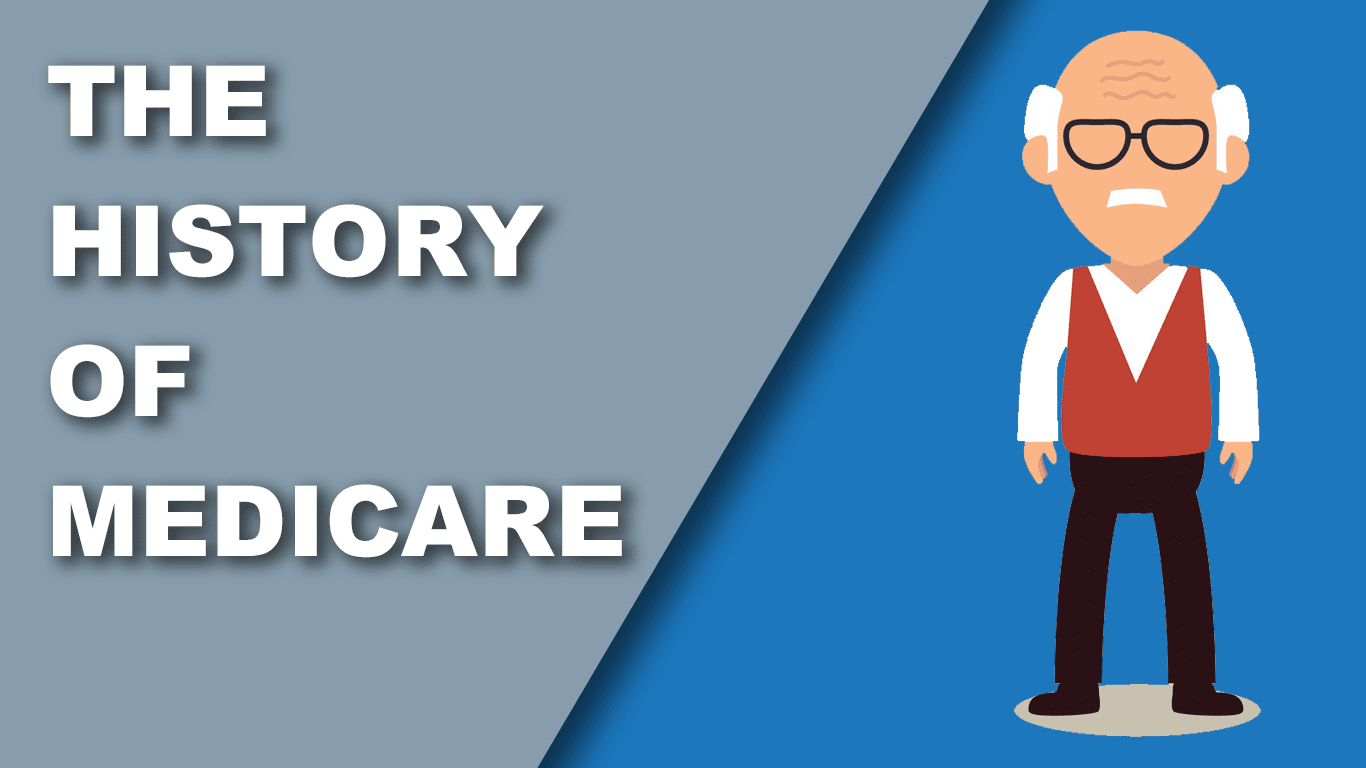Medicare is a popular health insurance program that’s used by millions of Americans. So many people are turning 65 and entering the program that it’s almost taken for granted. But, Medicare didn’t exist before 1966. The history of health insurance in American is fascinating, and it helps us understand how our health care system has come to operate the way it now does. In this short guide to Medicare history, we’ll look at what health insurance looked like before Medicare, as well as how Medicare has changed since 1966.
Health Insurance In American Before Medicare
Prior to the early 1900s there wasn’t really a product called health insurance, certainly not as we know it today. Health wasn’t considered to be insurable in the same way that lives were. With life insurance, a person is either alive or dead, and the likelihood of someone dying within a certain amount of time can be mathematically calculated. This allows insurance companies to offer life insurance on a profitable basis. This isn’t the case with health. Some people might go to the doctor with a few sniffles, while others won’t go for any reason whatsoever. This makes offering an insurance product very difficult.
This meant that for the most part, people paid cash for their doctors and hospital visits.
This began to change in the early 1900s. The first products that bear any resemblance to health insurance sprang out of early forms of Worker’s Compensation insurance. These policies were designed to pay expenses when workers were injured on the job. Shortly after this, the first hospital insurance plans began to be issued. These newer insurance policies were issued by trade associations or hospital systems.
Health insurance as we know it began during the Great Depression. It is during this time that Blue Cross and Blue Shield began offering coverage for health care. These early health insurance products were indemnity-based. This means that they paid you, the policyholder, a fixed amount for various health care expenses. You paid your provider (doctor, hospital, etc.) directly, and your insurance policy indemnified you.
In the aftermath of World War Two, employers began offering “modern” health insurance. This happened for a few reasons, the most important of which related to wage and price controls imposed on the economy in the wake of the war, and the tax treatment of health insurance paid by employers. In the first case, companies could offer health insurance benefits to workers as a means of paying them more without violating the wage and price controls in effect at the time.
At the same time, a series of IRS rules determined that health insurance for an employee did NOT have to be added to their taxable income. This made health insurance a tax-favorable employee benefit. Beyond this, the cost of employer provided health insurance was recognized as tax-deductible to employers. This made employer-provided health insurance the most common form of health insurance for Americans.
The Lead Up To Medicare
Employer provided health insurance was a boon for both workers and employers. However, this trend caused an affordability problem for older Americans. When a worker retired, they didn’t necessarily receive retiree health insurance. Or, their spouses and dependents weren’t covered by their retiree benefits. Instead, they would need to arrange for individual and family health insurance. The problem was that this kind of coverage was expensive. Since ageing tends to cause health problems, health insurance for older Americans was unaffordable. A solution was provided with the advent of Medicare.
Medicare was signed into law in 1965. The very first Medicare Beneficiary was former President Harry Truman. Medicare split health care into two separate “Parts”:
- Part A, which covered hospital stays, and
- Part B, which covered medical expenses like doctor’s visits
To pay for this program, which was designed for Americans age 65 and up, a payroll tax was created. This tax pays for Part A. So, workers pay for their hospital insurance all during their working careers. Part B is paid for by a monthly premium; Beneficiaries begin paying this premium when their coverage starts.
From the beginning, Medicare was designed to include some element of out of pocket cost for Beneficiaries. There are various deductibles and co-insurance amounts that Beneficiaries are expected to pay for their health care. The goal was to make health care more affordable to seniors, not to make it free.

History Of Medicare Supplement Insurance
Because you’re expected to pay for some of the costs for health care, private insurance companies began offering products that would help reduce your out of pocket expenses. Thus, the first Medicare Supplement Insurance policies were born. Mutual of Omaha was among the first; they offered a Medicare supplement product all the way back in 1966, the first year Medicare was effective.
These supplemental policies have changed over the decades since, generally as a result of regulating legislation. Major legislative changes in the 1980s, ‘90s, and 2000s have created the Medicare Supplement Insurance products we know today. These policies, also known as Medigap plans, are standardized across 47 of the States. This allows for a uniform experience and predicable health care expenses.
The Advent Of Medicare Advantage Plans
The next major change to Medicare was the creation of the Medicare Advantage program, also known as Part C of Medicare. This program was created in 1996 Medicare Advantage plans are a private alternative to Original Medicare. They must cover everything that Parts A and B cover. In addition to this, they also include a hard Out of Pocket Maximum (OOPM) amount. This OOPM cap limits your out of pocket spending, which is a valuable upgrade from Original Medicare, which doesn’t have such a limit.
Besides offering a cap on your medical costs, Medicare Advantage plans also offer a suite of benefits not provided by Original Medicare. These extra benefits include:
- Vision coverage
- Hearing coverage
- Some element of dental coverage
- Many others
These extra benefits are a key reason for the growth of the popularity of Medicare Advantage plans.
The Latest Development – Prescription Drug Coverage
The last major development in Medicare history was the creation of Part D. Part D created private prescription drug coverage for Medicare Beneficiaries. Part D created two ways for people to receive drug coverage:
- Standalone Prescription Drug Plans (PDPs)
- Medicare Advantage Prescription Drug Plans (MAPDs)
Before the creation of Part D, Medicare provided no coverage for prescription drugs. As more and more Americans required maintenance medications, the financial burden became untenable. Part D was designed to alleviate these stresses. One other change brought about by Part D was that Medicare Supplement Plans were no longer allowed to offer prescription drug coverage to new enrollees. For this reason, people who opt for Medicare Supplement coverage must also enroll in a standalone drug plan.
The Medicare program has grown dramatically from its humble beginnings. It is one of the most popular Government programs. As the Baby Boomer generation retires, nearly 10,000 Americans are entering the program every day. The litany of options for coverage can be confusing and frustrating. If you’re approaching Medicare and you want some help choosing a plan, reach out to a licensed health insurance agent today. We can help you understand your options, compare plans, and enroll in the plan of your choice.

